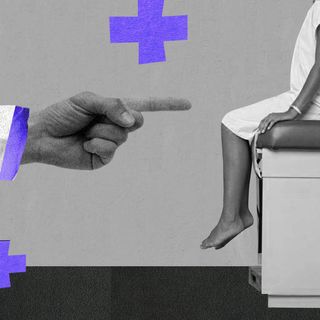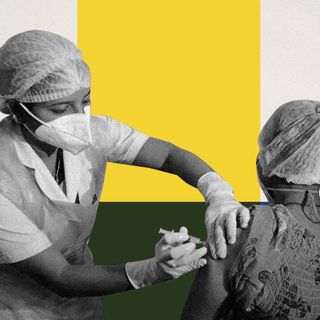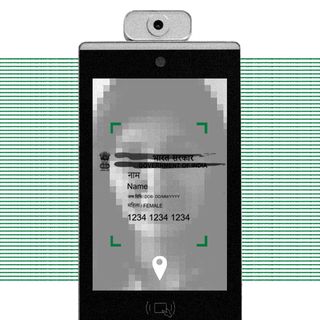With Covid19 numbers surging in India, and instances of reinfection being reported globally, the Indian Council of Medical Research (ICMR) has come up with a standard definition for Covid19 reinfections — in order to help medical professionals differentiate between actual cases of reinfection and relapses of previous infections.
According to the definition, in order to qualify as reinfection, an infected individual must test positive for Covid19 at, or after, 102 days from when they first tested positive for Covid19. Additionally, during the interim time, they must also have tested negative at least once, to help professionals ascertain that it is indeed a case of reinfection.
To differentiate between a relapse and a reinfection, experts around the world have been relying heavily on genome-sequencing, which analyzes one’s DNA. “If the sequences match, then it’s a relapse. If they don’t, it’s a reinfection,” Dr. Lancelot Pinto, a pulmonologist at Hinduja Hospital in Mumbai, had told The Swaddle last year.
However, conducting genome-sequencing tests in India is difficult. It requires “… specific infrastructure, which may not be available everywhere. With the new definition, we can easily tab reinfection cases in India,” Dr. Samiran Panda, the head of epidemiology and communicable diseases at the ICMR, who was involved in the study that informed the new defintion, told the Times of India.
Moreover, “it is not logistically feasible to store the samples of millions of positive cases for future sequencing,” the study states.
Related on The Swaddle:
Why Some Covid19 Infections Last Weeks, Months, and Others Last Only Days
In that study, the ICMR shortlisted 1,300 subjects after combing through the infection data of more than 80 million people tested between January 22 and October 7, 2020. Investigating deeper into their experiences, the ICMR concluded that the prevalence of Covid19 reinfections in India was 4.5% — and published its findings in Cambridge University’s peer-reviewed journal Epidemiology and Infection, stating that a “working epidemiological case definition of [Covid19] reinfection is important to strengthen surveillance.”
“We have come up with a definition that has been approved and accepted,” Dr. Balram Bhargava, Director General of the ICMR, told the media. Admitting that reinfection rates still appear to be low, “it is better to have a definition for it,” he noted.
While the ICMR study has pegged the prevalence of reinfection at 4.5%, there’s a possibility that the number may be higher. “There is a possibility that reinfection is way more prevalent than we know, and we don’t know yet just because we don’t have the means of confirming it. If nobody is bothered to check the second time around, perhaps because the reinfection is presenting with milder symptoms, then that may be another cause of underreporting,” Dr. Pinto had explained.
It has been almost eight months since the first confirmed, documented case of Covid19 reinfection was reported by scientists in Hong Kong — and yet, with rapidly evolving research, and now, steadily unfolding mutations in the virus itself, experts appear to be caught in a web of uncertainty around the subject of reinfections. At this juncture, a standard definition of what really qualifies as a reinfection may help introduce some semblance of order into the prevailing information chaos — and hopefully, lead to strategies to curb them.




